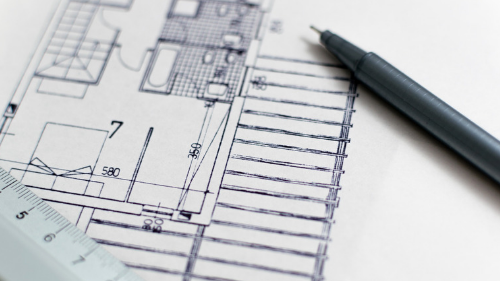Backward Course Design

What is Backward Design?
Backward design is a process that educators use to design learning experiences and instructional techniques to achieve specific learning goals.
- Begin this process by determining the desired end results for the course – what do you want the students to know?
- Then determine how to measure (assess) that the material has been learned – how will you know the students have learned?
- Finally, map the course to scaffold appropriate instructional activities.
Backward design can be used for designing a course, a module/unit/section, or even a single class meeting whether face-to-face or virtual.
Apply Backward Design
Learn more about backwards design and how to apply to course design by browsing the links below.
Backward Design
This document provides an introduction to backwards design and provides tools and strategies for applying backward design to build effective courses, units, and lessons.
Writing Measurable Learning Objectives
This document provides strategies and tools for writing effective learning objectives.
Alignment Mapping Your Course
This document provides strategies and tools to build a course alignment map.

